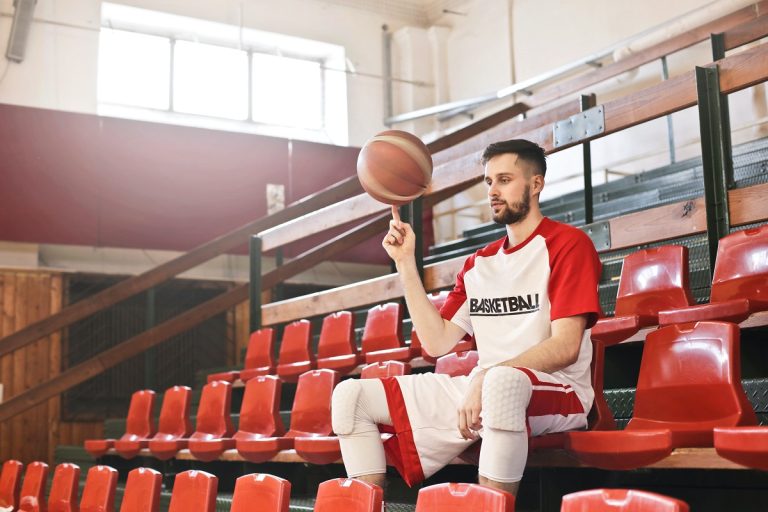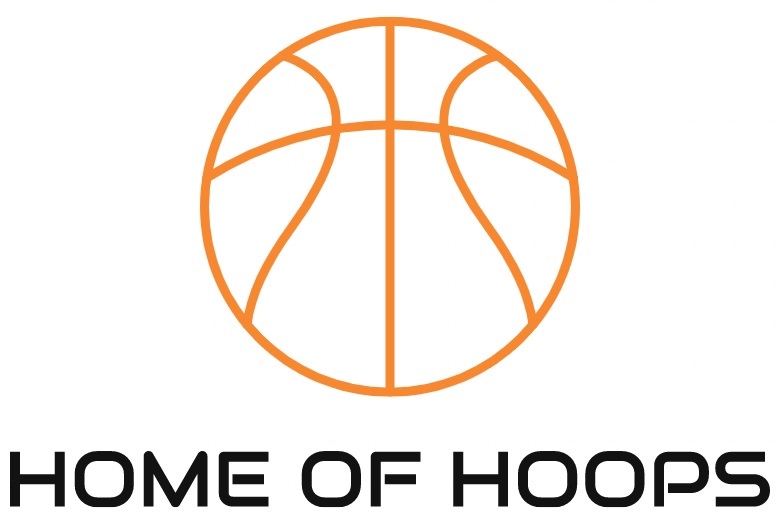Basketball Knee Health for Youth Kids

Safety First: Protecting Young Knees Playing Basketball
Knee pads are important for kids in basketball because they offer several benefits that extend beyond basic padding. Knee pads not only offer protection against the occasional knee-to-knee bump but also protect the knees from the hard court when diving for a ball.
Some knee pads cover the entire knee area with built-in compression material for extra support and stability, which is especially helpful for basketball players who constantly run, jump and move laterally.
We’ve found that in addition to the protection provided by knee pads, they also provide our kids with added confidence, enabling them to assertively contest for the ball, knowing that their knees will be protected from grazes and bruises.
Common Knee Injuries in Youth Basketball
A study of basketball injuries found that almost 18% of all injuries were knee injuries, and that lower limb injuries (ankle and knees) had the highest prevalence for both girls and boys.
There are several types of knee injuries that can occur in basketball players. Some of the most common knee injuries in basketball include:
1. Jumper’s knee: Also known as patellar tendonitis, this is an inflammation of the tendon in the front of the knee joint. Excessive jumping movements can put a strain on this tissue, leading to inflammation and pain;
2. Osgood-Schlatter’s disease: This is an overuse injury that tends to occur in sporty adolescents that haven’t finished their bone development. Excessive jumping and sprinting can cause the patellar tendon to pull on its attachment to the shin bone, resulting in pain, swelling, and tenderness right below the kneecap;
3. Runner’s knee: This injury causes pain around the kneecap that worsens with jogging and bending the knee. It is brought on by excessive movement paired with having weak hip muscles;
4. Anterior Cruciate Ligament (ACL) Tears: These are among the most severe knee injuries in basketball. An ACL tear can occur when the knee is twisted or experiences sudden stops and starts. It often requires surgical intervention and an extended recovery period;
5. Medial Collateral Ligament (MCL) Sprains: MCL injuries typically result from direct blows to the side of the knee or from a forceful twisting motion. They range from mild to severe and usually heal with rest, rehabilitation, and sometimes bracing;
6. Posterior Cruciate Ligament (PCL) Sprains: These injuries often result from direct blows to the front of the knee or from hyperextension of the knee. Although PCL injuries are less common than ACL injuries, they can cause pain, swelling, and instability in the knee;
7. Meniscal tears: These are tears in the meniscus, which is a piece of cartilage that provides cushioning between the thigh bone and shinbone;
8. Patellar Dislocation: In basketball, sudden changes in direction or a direct blow to the knee can cause the kneecap to dislocate from its normal position. This injury often requires medical attention and rehabilitation;
9. Knee Contusions: Bruises to the knee, often from contact with another player or the hard court surface, can cause pain and swelling. They are generally treated with rest and ice.
As you can tell, basketball players including boys and girls, face all sorts of knee injuries, so it’s crucial to do what we can to avoid them as best we can. Taking proactive steps to prevent these injuries is vital, as it can help safeguard their basketball journey and budding careers from potential setbacks.
